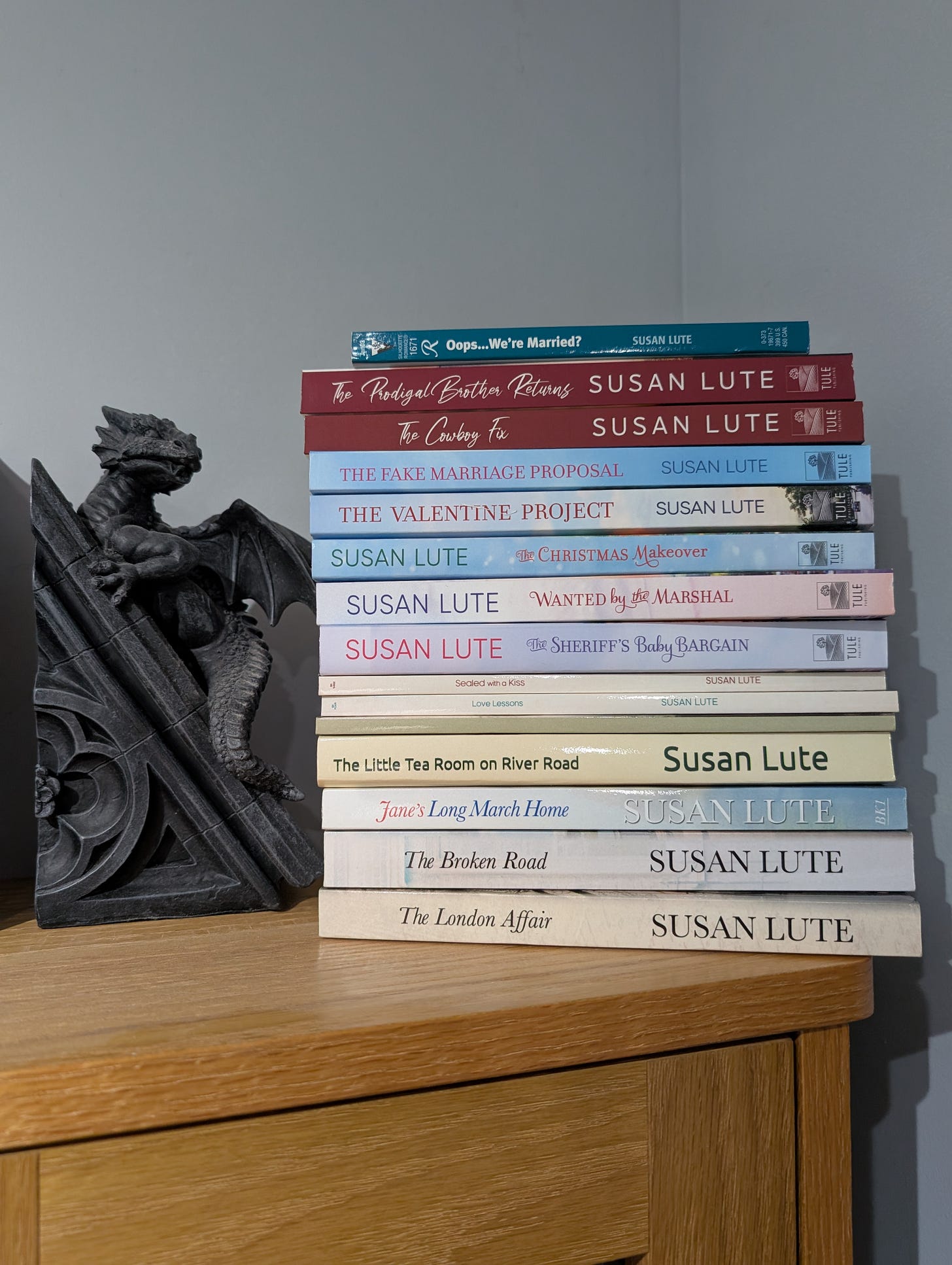Are you thinking about writing a novel? Whether you're brand new or deep into draft number five, here are a few tried-and-true tips from someone who’s been there and lived to tell the tale.
1. Read Widely (Then Write What You Love)
If you haven’t already, read across multiple genres to see what resonates with you. Writing is a long game, and loving your genre helps you stay inspired. I cut my reader’s teeth on Barbara Cartland, who was still publishing at 97. (Fun fact: At 77, her publisher asked her to write more, and she doubled her output—twenty books a year for the next twenty years!)
I started out writing contemporary romance, even though historical romance had my heart. My first novel, Oops…We’re Married? came out in 2003. Today, I’m just as in love with fantasy as I was with Cartland’s stories, and my first romantasy will release in 2026. It’s proof you can change your mind—and genre—along the way.
2. Know the Backbone of Your Story
Each genre has its own set of expectations. Romance? You need compelling protagonists and a satisfying happily-ever-after (or happy-for-now). I like starting with one character who’s broken—by life, by circumstance, or by choices—and watching them fight their way back to their heart’s true desire.
In The Rancher’s Heart (releases in June), Jonas seems like a regular lawyer, but underneath, he’s carrying emotional baggage that holds him back. His childhood best friend loves him, but he doesn’t see it. That’s the fun part of romance: peeling back the layers and discovering what’s underneath.
3. Make Your Characters Stand Out
Unexpected character pairings and occupations keep things fresh. In The Rancher’s Heart, Jonas is a big-city lawyer trying to save his family’s horse ranch in Colorado, while his love interest is a small-town mechanic who never left home. Give your characters a mountain to climb—figuratively—and readers will follow.
4. Plotter, Pantser, or Somewhere in Between?
There’s no one right way to write a novel. I started as a “pantser”—writing by the seat of my pants. Now, seventeen books later, I’m somewhere in the middle. I like to know where I’m going, chapter to chapter, but I still leave room for the story to surprise me. Find what works best for you.
5. Build a Visual Storyboard
Sometimes, the inspiration isn’t just in the words. Try creating a visual storyboard with images of characters, settings, or emotions. Grab a poster board and let your imagination go wild. You might discover something new about your story just by seeing it.
6. Hit a Wall? Step Away, But Don’t Quit
Writer’s block is real. Sometimes, your creative brain just needs a break. When I hit a wall, I switch to pen and paper. Others dictate. The key is to keep moving. Don’t let the block convince you you’re not a writer. You are. You’re just finding your next spark.
7. Consistency is Everything
Write every day if you can—even if it’s just for fifteen minutes. For me, that’s five to seven days a week. I’ve made a promise to myself (and to you) to show up here on Substack once a week, and that helps keep me accountable.
Final Thoughts
Writing a novel is a bold, creative, and deeply personal journey. It takes courage, consistency, and a little bit of magic. You can do it!
Good luck—and happy writing!
As always,
XO, Su






